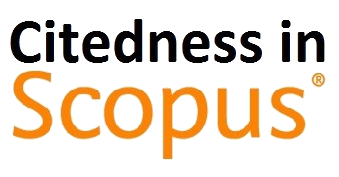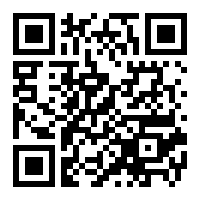Application of K-Means Algorithm for Clustering the Quality of Lecturer Learning at Batam International University
(1) Universitas Internasional Batam, Kepulauan Riau, Indonesia
(*) Corresponding Author
Abstract
The need to measure the quality of learning becomes very significant when the quality of learning is still low. This also applies to the quality of learning at the highest level. The quality of lecturer learning in class is often not in accordance with what it should be, one of the constraints of this low quality is that the quality of lecturer learning is not accurately measured. Data mining is used in this research to map the quality of lecturer learning based on its cluster, namely Clustering, It is hoped that universities can measure the quality of learning from their lecturers accurately. From this research, students with low social studies tend to value lecturers with low grades; conversely students with high social studies tend to judge lecturers with high enough grades. The k-Means algorithm is accurate enough to be used in clustering the quality of lecturer learning based on grades and results of student questionnaires.
Full Text:
PDFReferences
V. L. P. Sutrisno and B. T. Siswanto, “Faktor-Faktor Yang Mempengaruhi Hasil Belajar Siswa Pada Pembelajaran Praktik Kelistrikan Otomotif Smk Di Kota Yogyakarta,” J. Pendidik. Vokasi, vol. 6, no. 1, pp. 111–120, 2016.
T. Nurrita, “Pengembangan Media Pembelajaran Untuk Meningkatkan Hasil Belajar Siswa,” Misykat, vol. 3, no. 1, pp. 171–187, 2018.
H. Husaini, “Pengaruh Profesional Dosen Terhadap Kualitas Pembelajaran Dosen Agama Islam Di Fakultas Keguruan Ilmu Pendidikan Universitas Pattimura,” PEMBELAJAR J. Ilmu Pendidikan, Keguruan, dan Pembelajaran, vol. 1, no. 1, pp. 9–16, 2017.
S. Raupu, “Analisis Kualitas Pembelajaran Guru Matematika dengan Menggunakan Model EKOP di SMK Teknologi Tri Tunggal �45 Makassar,” Al-Khwarizmi J. Pendidik. Mat. dan Ilmu Pengetah. Alam, vol. 4, no. 1, pp. 89–102, 2018.
R. Mythily, A. Banu, and S. Raghunathan, “Clustering models for data stream mining,” Procedia Comput. Sci., vol. 46, no. November, pp. 619–626, 2015.
D. Firdaus, “Penggunaan Data Mining dalam Kegiatan Sistem Pembelajaran Berbantuan Komputer,” J. Format, vol. 6, no. 2, pp. 91–97, 2017.
G. Gustientiedina, M. H. Adiya, and Y. Desnelita, “Penerapan Algoritma K-Means Untuk Clustering Data Obat-Obatan,” J. Nas. Teknol. dan Sist. Inf., vol. 5, no. 1, pp. 17–24, 2019.
A. Bastian et al., “Penerapan Algoritma,” Jsi.Cs.Ui.Ac.Id, vol. 14, no. 1, pp. 26–32, 2018.
Pusat Bahasa Kemdikbud, “Kamus Besar Bahasa Indonesia ( KBBI ),” Kementeri. Pendidik. dan Budaya, 2016.
D. A. Simovici and C. Djeraba, “Clustering,” in Advanced Information and Knowledge Processing, 2014.
A. Asroni, H. Fitri, and E. Prasetyo, “Penerapan Metode Clustering dengan Algoritma K-Means pada Pengelompokkan Data Calon Mahasiswa Baru di Universitas Muhammadiyah Yogyakarta (Studi Kasus: Fakultas Kedokteran dan Ilmu Kesehatan, dan Fakultas Ilmu Sosial dan Ilmu Politik),” Semesta Tek., vol. 21, no. 1, pp. 60–64, 2018.
J. W. C. N.-M. H. L.-S. L. H. C. Creswell, Research design: Qualitative, quantitative, and mixed methods approaches. Sage Publication, 2013.
R. Helilintar and I. N. Farida, “Penerapan Algoritma K-Means Clustering Untuk Prediksi Prestasi Nilai Akademik Mahasiwa,” J. Sains dan Inform., vol. 4, no. 2, pp. 80–87, 2018.
DOI: https://doi.org/10.30645/ijistech.v3i2.49
Refbacks
- There are currently no refbacks.
Jumlah Kunjungan:
Published Papers Indexed/Abstracted By:












